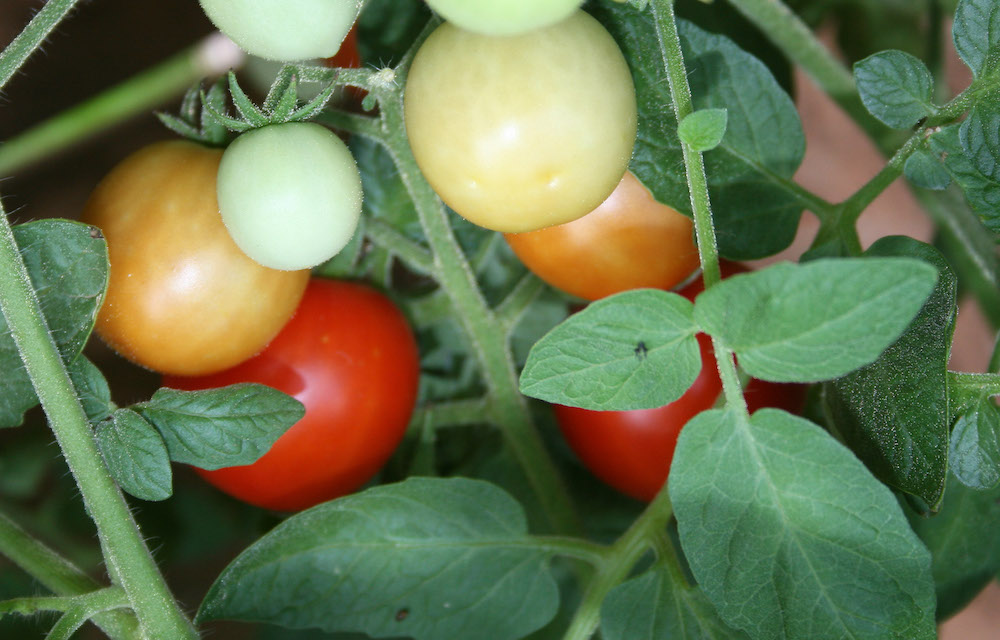Tomatoes have been bred to create a wide array of colors, shapes and sizes, but not much commercial work has been done on breeding tomatoes that taste good.
That may be because — despite the public’s love of tomatoes — there’s been no commercial demand for a better-tasting fruit and because breeding for taste is harder than it seems, said Manoj Sapkota, a doctoral candidate at the University of Georgia College of Agricultural and Environmental Sciences (CAES) Institute for Plant Breeding, Genetics and Genomics who recently presented a seminar on the genetics of tomato taste.
However, all of that may soon change due to an increased interest in better-tasting crops, dedicated scientists and the discerning palates of trained taste testers, Sapkota said. Sapkota and others in UGA horticulture Professor Esther van der Knaap’s lab are working to breed better-tasting tomatoes.
Meeting the high demand for tomatoes
Ironically, the public’s hunger for tomatoes has partially contributed to the degradation of their flavor. Tomatoes are in high demand all over the world, and the number of tomatoes farmers produce each year is increasing. In 2016, more than 117 trillion tons of tomatoes were produced globally. That’s equivalent to three times the weight of the Great Wall of China.
Commercial tomato farmers seek to produce large yields of uniform fruit so that the crop can be more easily packed and processed on a mass scale, said Sapkota. To meet those physical demands, breeders have traditionally regarded flavor as a secondary priority.
“These companies select for yield and appearance, not for flavor, and that’s why tomato flavor is degrading,” he said. “Flavor is hard to quantify, which is why it has been ignored in breeding programs.”
The science of flavor
Even if grocers and farmers were clamoring for better-tasting tomatoes, the science of altering the taste of tomatoes may make it more difficult for researchers to focus on flavor.
A tomato gets its flavor, aroma and color from six classes of volatile compounds. There are a number of genes that control the volatile compounds, and they are very tedious and time-consuming to isolate, Sapkota said.
University of Florida scientists Denise Tieman and Harry Klee have developed methods that use trained human taste testers to help them identify the compounds that are most important to pleasing tomato flavors.
These scientists identify tomatoes with excellent flavor through taste testing and use chemical analysis to identify the desirable volatile compounds possessed by the tastiest tomatoes. Tomatoes that are rated most desirable by both human taste testers and chemical analysis become targets for selective breeding.
Now researchers at the University of Florida and the University of Georgia, including van der Knaap, Sapkota, postdoctoral researcher Lara Pereira and postdoctoral researcher Lei Zhang, are using that new knowledge about tomato flavor to more quickly breed these flavor genes into already successful tomato lines.
CAES scientists are using a similar approach to improve the flavor of peaches and blueberries.
This research is funded by National Science Foundation grant IOS 1564366. For more information about plant breeding programs at CAES, visit plantbreeding.caes.uga.edu.








